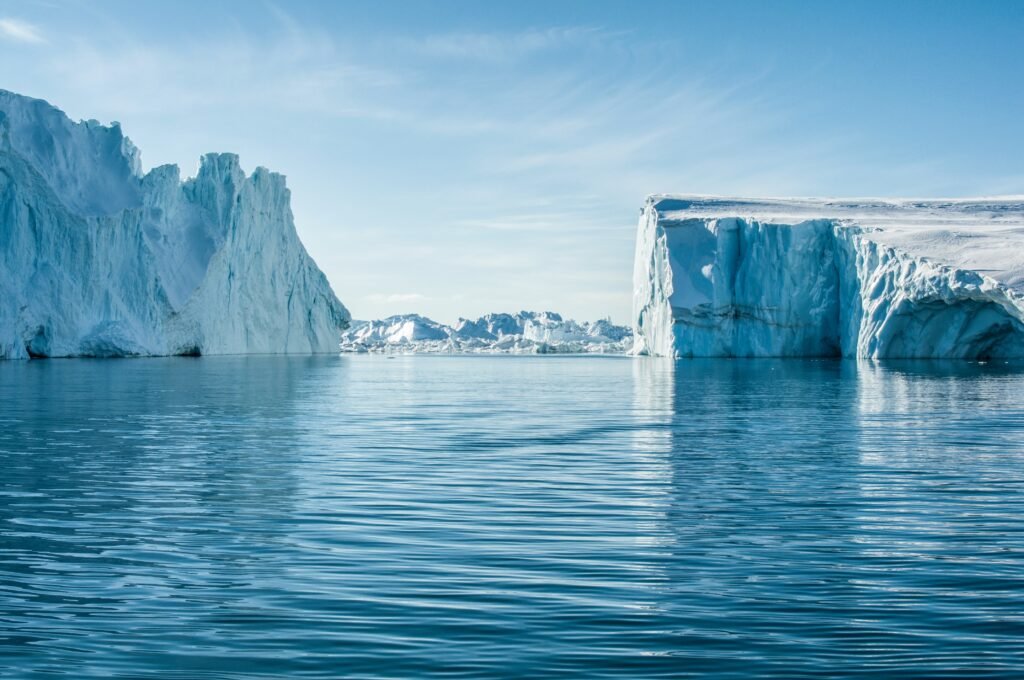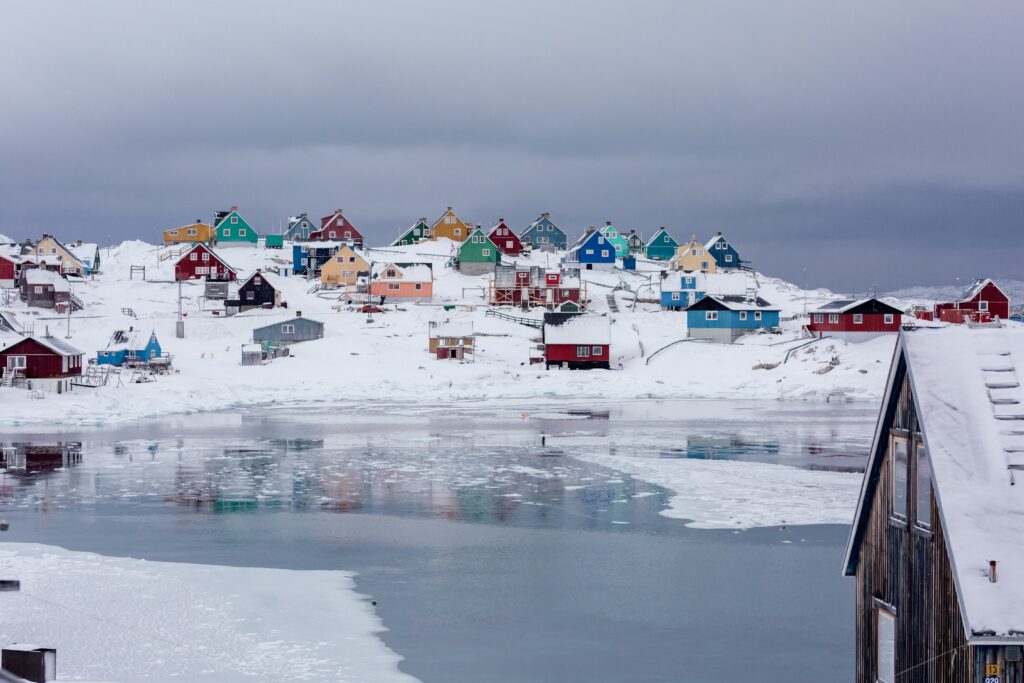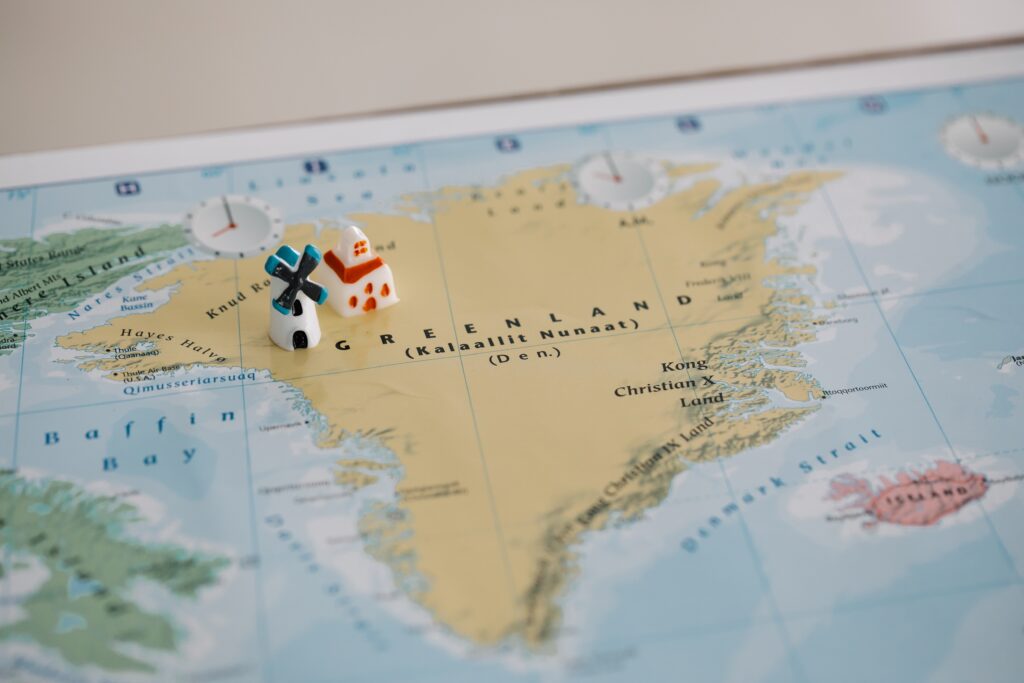New Delhi: Greenland’s ice sheet vanished completely and its land was covered with vegetation at sometime within the last half a million years, raising sea levels by at least 1.5 metres globally, an international team of scientists has found.
Previously believed to have been a “fortress of ice” with mostly unmelted ice, Greenland’s ice sheet history is undergoing a major and worrisome rethinking in light of these findings, the scientists from the University of Vermont (UVM), US, and other institutes said.
Published in the journal Science, the study also provided “strong and precise evidence that Greenland is more sensitive to climate change than previously understood – and at grave risk of irreversibly melting off.”

As recently as two years back, an accidental rediscovery of a Greenland ice core initially dug from a depth of about 1,400 metres, was analyzed to be direct evidence of sediment just beneath the ice sheet being deposited by flowing water in an ice-free environment during a moderate warming period called Marine Isotope Stage 11, from 424,000 to 374,000 years ago.
The scientists used advanced luminescence technology and rare isotope analysis for analysing the ice core.
The luminescence analysis was performed in the lab of Tammy Rittenour, a Utah State University scientist and the study’s co-author. Pieces of rock and sand from the ice core sediment were analysed for “luminescence signal”. Exposure to sunlight nullifies their signal while being transported by wind or water, before being re-buried under ice or rock.

The isotope analysis was carried out in UVM scientist Paul Bierman’s lab, who co-led the study. Here, the scientists found that the ice core sediment was exposed to the sky less than 14,000 years before being deposited under the ice, narrowing down the time window when that portion of Greenland must have been ice-free.
Understanding Greenland’s past could provide critical clues in predicting its ice sheet’s response to climate change, considering that about 23 feet of potential global sea level rise is tied up in this ice, threatening coastal regions worldwide.
“Greenland’s past, preserved in twelve feet of frozen soil, suggests a warm, wet, and largely ice-free future for planet Earth,” said Bierman, “unless we can dramatically lower the concentration of carbon dioxide in the atmosphere.”

“Forward modelling the rates of melt, and the response to high carbon dioxide, we are looking at metres of sea level rise, probably tens of metres. And then look at the elevation of New York City, Boston, Miami, Amsterdam. Look at India and Africa – most global population centres are near sea level,” said Rittenour.
“Four-hundred-thousand years ago there were no cities on the coast,” said Bierman, “and now there are cities on the coast.”
PTI
